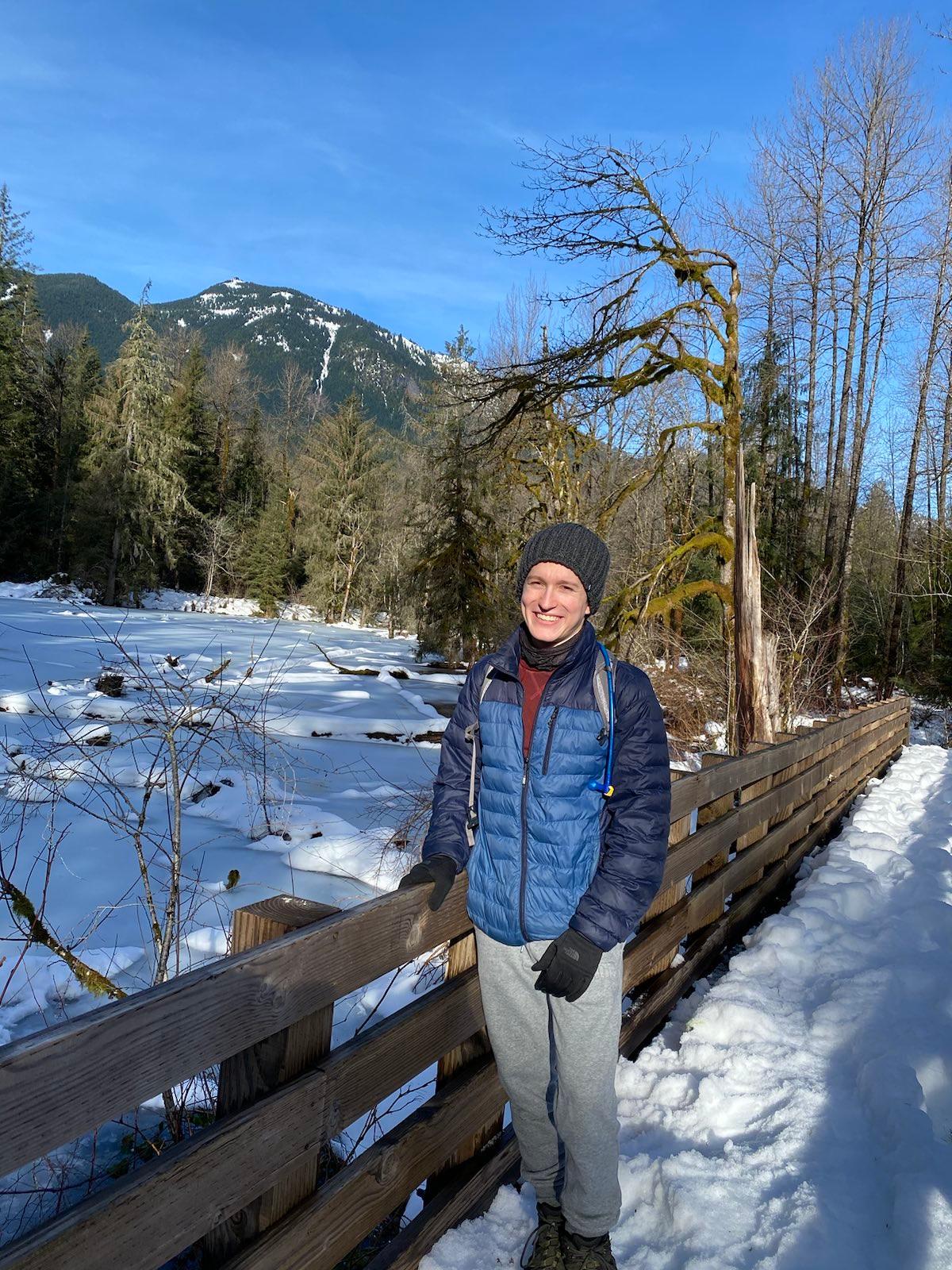About

Welcome to my website and (new) blog! A little about me. I am currently a Ph.D. student studying Artificial Intelligence at Oregon State University. My advisor is Dr. Fuxin Li. I also do some work with medical imaging and automation at UW Medicine. Working with Dr. Bezhad Najafian.
Things I am Interested In
I love automation and making life easier for people. I aspire to automate away tasks that are either difficult and time-consuming for people to accomplish on their own, or too dangerous. I am very interested in automated agriculture, but am also weary of resource management and consumption.
Some hobbies include:
- Robotics
- 3D Printing
- DIY projects and rebuilds. Some old projects are on Hackster.io.
- Rock climbing (inherited from PNW)
- Backpacking
- Fishing
- Photography. My flickr.
Current Research Overview
Go here if you would like to see my resume
In short, I work for a deep machine vision lab, and my current research interests do primarily focus on computer vision. Current research includes hypernetworks, generative models, uncertainty estimation, computer vision, and bayesian networks. I also work part-time for UW Medical center managing medical image segmentation work, and EM software development/automation. Have experience with full-stack development, banking software development, and some Robotics. If you are interested in learning more about some of my research, please don’t hesitate to reach out.
My Research Moto
My research moto generally focuses on theoretical models and then empirical ones. I believe that to truly follow the scientific method we need to constantly test theoretical results with more objective reality, or we are not truly grounded in it. Pure theorists will ponder and explore the depths of mathematics, philosophy, etc, but I lament untestable theories as they are just words. I believe it is a useful skill for people to learn how to model an concepts mathematically. An even more vague term would be abstract a concept of the idea such as swimming and what it means to swim with a metric, such as movement or speed in water. Then create testable theories about how certain movements in water, ie different swimming styles, could change that metric. There are, however, pitfalls with this as it can be too reductive to represent swimming with a single metric. It could result in you not truly testing the essence of “swimming.” This pitfall and concept is described well in Reward Hacking in Evolutionary Algorithms. Nevertheless, using metrics and empirical methods is one of the few ways we can collectively agree upon some variable or change correlating with another. It seems like a simple concept that everyone knows, but it doesn’t seem like many internalize how important of an idea this is.
Much of the AI community, in my opinion, is highly focused on getting their names on papers and are willing to sacrifice the integrity of their research and work in order to meet some quota. It is crucial for us to focus on creating work that is not only applicable to datasets like MNIST or flower. The innovative work comes from not only attempting to increase an individual metric, but an idea. Just like the reward hacking in evolutionary algorithms, we should not - as researchers - be following the approach of individual metric optimization.